Should You See a Spine Specialist for a Spinal Fracture?
A spinal fracture is a painful and sometimes serious injury that can result from either trauma, such as an accident or fall, or from diseases that weaken bones, such as osteoporosis.
Here are some of the symptoms associated with a spinal fracture:
- Sudden back pain
- Unusual pain with standing or walking
- Limited spinal mobility
- Becoming shorter
- Stiffness and steadily worsening back pain
- A hunch in the back
Fractured Spine Treatment
Appropriate fractured spine treatment does not always require the services of a spine surgeon, as bones can often heal on their own. However, a person may need to use an immobilization corset or brace for several weeks. Here are some strategies for fractured spine treatment that can help in the recovery process and reduce pain.
Pain Medication
Spinal fractures can be very painful, and you may find you need to alleviate your pain with medication. Work with your doctor or spine specialist to determine the appropriate type and dosage of pain relief for you. The appropriate course of action will depend on your individual medical history and needs. As your spine heals, you can revisit your pain medication with your doctor, decreasing dosage or perhaps switching to an OTC medication. Your doctor may also prescribe medication to help improve bone density if your injury is related to osteoporosis.
Rest
Limiting not just physical activity but movement in general is important when recovering from a spinal injury. For example, you should avoid bending, twisting, and lifting for several weeks after your injury. Moving too much or too freely could cause you to reinjure yourself at worst and give you a lot of unnecessary pain at best. Additionally, during your recovery, eat a variety of nourishing foods and stay hydrated.
Try Physical Therapy
When you’re resting your spine, the muscles in your hips, back, and abdominals will weaken. This is normal, and limiting mobility is still the right course of action. When you’re ready to start moving again, you can use physical therapy to build back your muscle strength safely and slowly.
Make Use of a Brace
Your doctor may recommend that you use a back brace to provide spinal support during your recovery process. The brace works by temporarily immobilizing your back, which helps to reduce your risk of re-injury and provides additional bone and muscle support. But using the brace for too long can slow your recovery process by preventing you from restrengthening your muscle groups, so follow your doctor’s instructions.
Try Cold Therapy
Since ice reduces inflammation, using a cold therapy system may help relieve pain and swelling in the area around your injury and prove to be a useful fractured spine treatment. Cold therapy is not simply applying a traditional ice pack to your injury, as they tend to warm up too quickly and will probably not provide an even distribution of cold to your back. Wrap-conforming compression is a good feature to look for in a cold therapy system. The compression helps the ice pack tightly conform to your body and causes the cold to penetrate deeper into the damaged tissue. And the wrap feature means you don’t have to hold the ice pack to your body or find another way to keep the compress in place. You can rent cold therapy devices for home use – your physical therapist may have one in their practice.

Connect with a Spine and Orthopedic Center in South Florida
Are you looking for a South Florida spine specialist who will treat your condition with integrity and expertise? Dr. John F. Morrison at the Morrison Clinic has years of experience improving the quality of life for patients with a wide variety of spine conditions. Not only is he exceptionally versed in the latest medical research and techniques, but he is also committed to delivering personalized care. Contact the Morrison Clinic today to schedule an e-consultation today.

